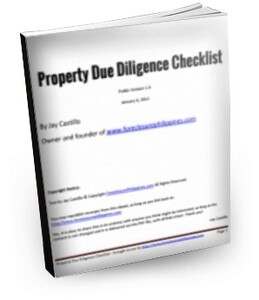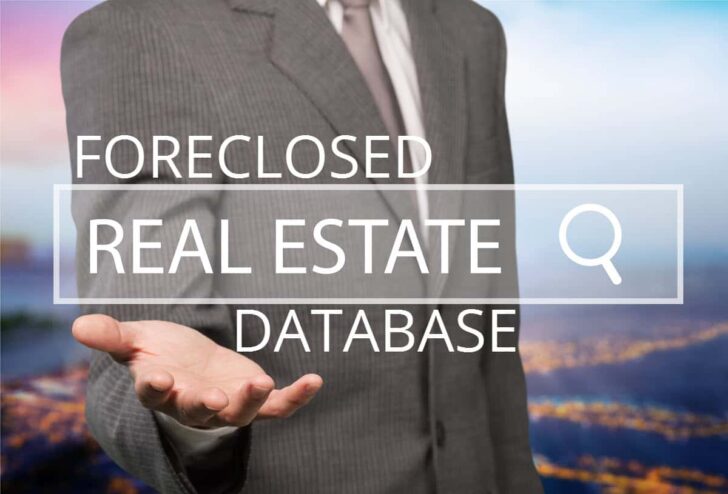Interested in GSIS foreclosed properties available via the Lease With Option to Buy (LWOB) but need more info? Learn more about the LWOB program below.
Table of Contents
Video: GSIS meron 15,000 properties for sale (LWOB explained by GSIS VP Apollo Escarez)
To better understand what the GSIS LWOB is, please check out the most detailed video I have found about it (so far).
Mr. Apollo Escarez (Vice President – GSIS Real Estate Asset Disposition and Management Office) explains why they came up with a different kind of “rent-to-own” scheme through their “Lease With Option to Buy” or LWOB program.
You will also understand why a lot of properties are “occupied”, which is actually the main target market for the program. Click below to play the video.
Note: The video below was published last July 2022 and you will notice the 15,000 properties mentioned is now down to 12,304 available via LWOB. I suppose a lot of people have already availed the LWOB program.
LWOB: Key takeaways I got from the video
1. More manageable monthly payments
I agree with what VP Apollo Escarez said that rental rates would be cheaper and more manageable as compared to monthly amortization/installment payments for outright purchases.
Rental rates are also cheaper compared to monthly payments for traditional “rent-to-own” schemes where the tenant buyer has already exercised the “option to buy” at the start (which means the monthly payments will be higher).
2. Legitimate ownership for occupants
The LWOB program will give current occupants a legitimate path to home ownership and there would be no need to eject the occupants.
However, I am concerned that the LWOB program might get abused… let me explain:
Some people might look for unoccupied properties from the GSIS, and forcibly enter to occupy the property, so that they can avail the LWOB. I hope the GSIS will find a way to prevent this. What do you think?
3. Who is the LWOB program for?
The main target market of the LWOB program are current occupants of GSIS foreclosed properties/ acquired assets, as follows:
GSIS members who availed housing units under past government shelter programs through mortgage loan/installment but ended up in foreclosure/cancellation due to financial difficulties because of the pandemic, etc.
Other unauthorized occupants of GSIS foreclosed properties/ acquired assets.
4. How many GSIS foreclosed propertis are available via LWOB?
Around 15,000 properties were mentioned in the video, but the latest list GSIS LWOB Foreclosed Properties as of January 31, 2024 only has 12,304.
This could mean a lot of people already availed the LWOB, and/or a number of properties are not yet included in the latest listings.
5. What are requirements?
The main requirements mentioned in the video are:
- Proof of Filipino Citizenship
- Proof of source of income (certificate of employment, bank statements, etc.)
- 2 valid government issued ID’s
Note: For more details, lease refer to the checklist of requirements from the GSIS
What is the difference between the GSIS LWOB and traditional “rent-to-own” schemes?
I know some of you might ask this, so I’ll explain why the GSIS LWOB is different from the traditional rent-to-own schemes out there.
The main difference is that an LWOB tenant/buyer will only have a lease contract at the start. This means the monthly payment is simply the monthly rent and this can go on indefinitely until he decides to avail his “Option To Buy” and own the property.
In other words, it starts with just renting, and then you can decide later if you want to proceed and buy the property. So we can still call it “rent” to “own” because you start with renting, and you can own the property later if you decide to buy.
For the traditional “rent-to-own” payment schemes, the “buying” is already agreed upon at the start, so in addition to the monthly rent, a “premium” is added so that all the payments will go towards the purchase of the property.
This was how I flipped foreclosed properties before, via a rent to own payment scheme… but due to possible tax complications, I stopped doing this in favor of bank financing.
I can discuss this further in a separate article, do you want me to? Just let me know through the comments section below.









More on this please, Jay.
“This was how I flipped foreclosed properties before, via a rent to own payment scheme… but due to possible tax complications, I stopped doing this in favor of bank financing.”
Hi Gelo, thanks for letting me know. Will explain this further in a dedicated article.